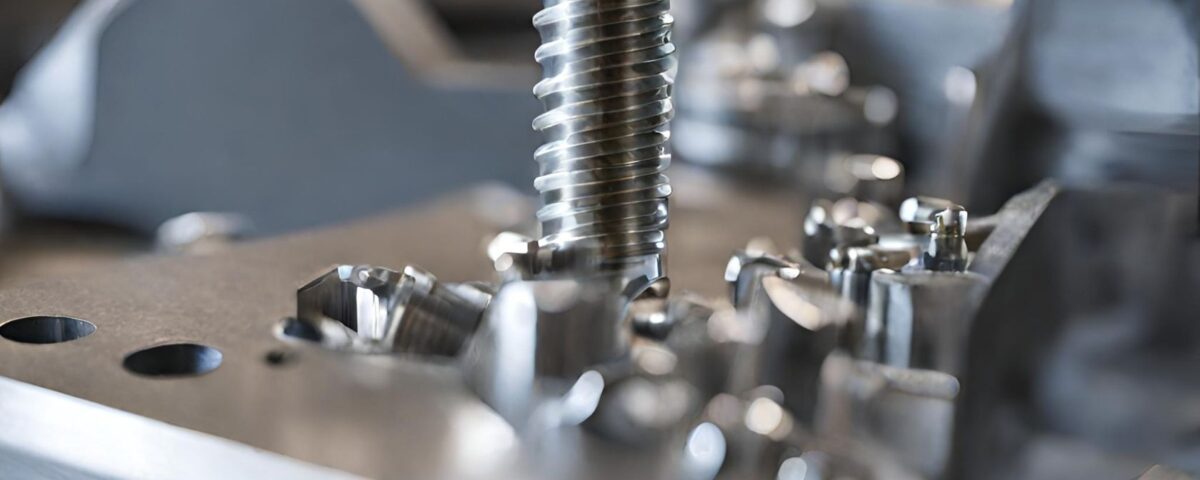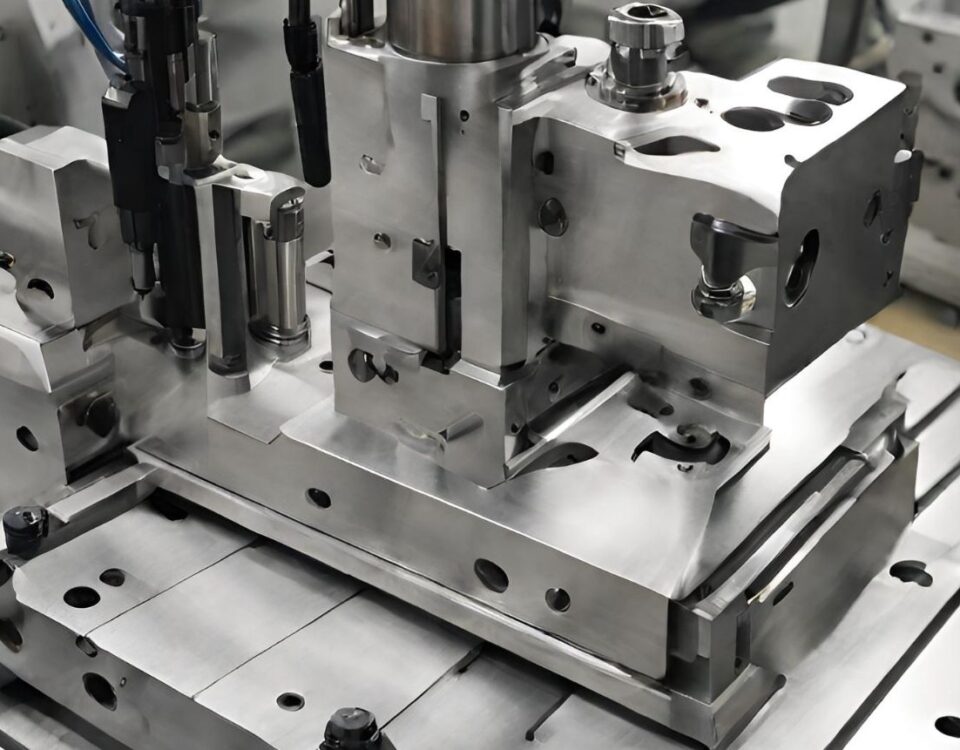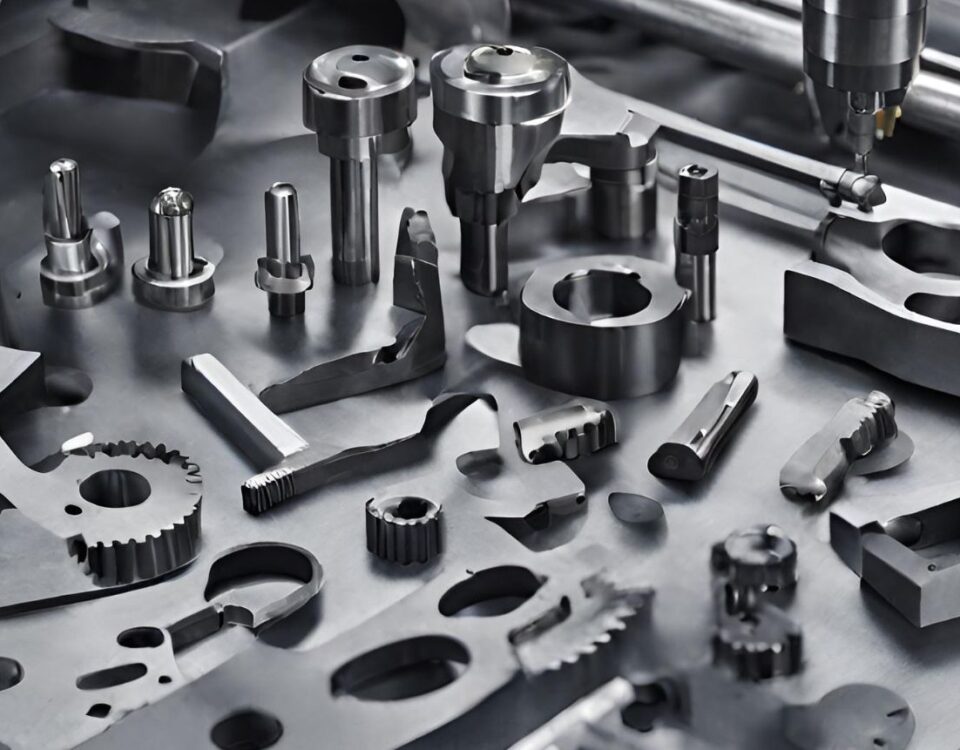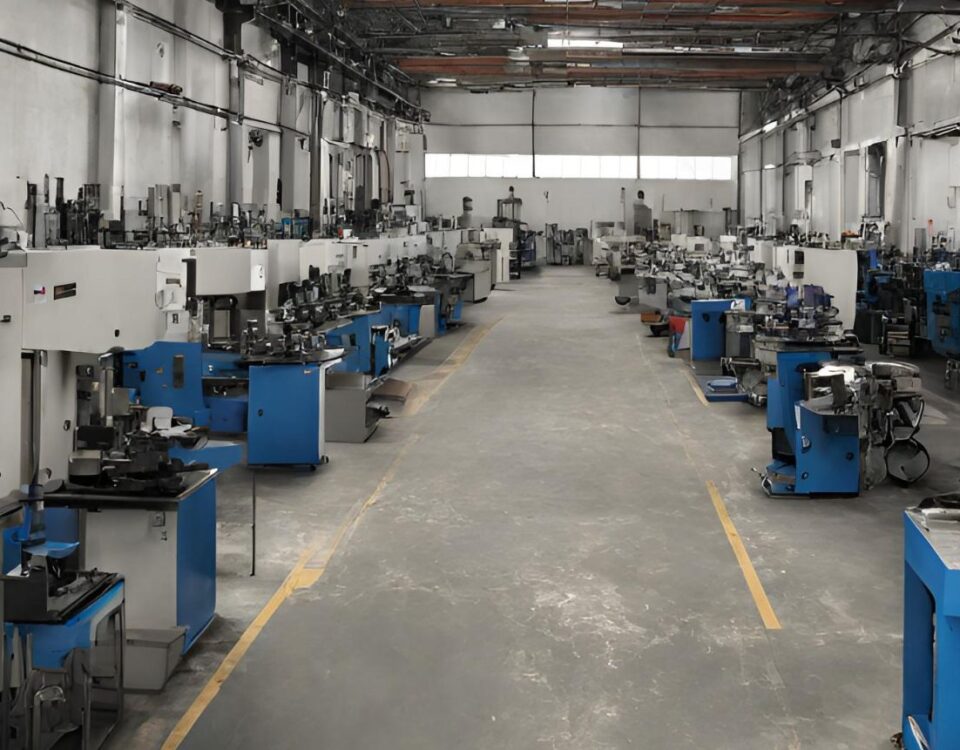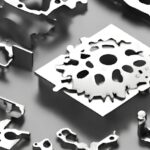
How to Choose the Best Metal Stamping Service for Your Project
6 March 2024
The Ultimate Guide to CNC Precision Machining: The Key to Unlocking Unparalleled Precision and Efficiency
12 March 2024Precision engineering is the cornerstone of modern manufacturing, where the accuracy and quality of components are paramount. In this realm, screw machining has emerged as a crucial technique, revolutionizing the production of intricate parts with unparalleled precision and efficiency. From simple screws to complex components, screw machining has unlocked new potentials in the field of precision engineering. This article explores the evolution, applications, advantages, and future prospects of screw machining in revolutionizing precision engineering.
Evolution of Screw Machining
The roots of screw machining can be traced back to the industrial revolution, where early lathes were manually operated to produce simple cylindrical components. Over time, advancements in technology and automation led to the development of automatic screw machines, which significantly increased production rates while maintaining precision. With the advent of computer numerical control (CNC) technology, screw machining entered a new era of versatility and accuracy, allowing for complex geometries and tight tolerances to be achieved with ease.
Applications of Screw Machining
The versatility of screw machining has enabled its widespread adoption across various industries, including automotive, aerospace, medical, electronics, and more. In the automotive sector, screw machined components are used in engines, transmissions, and chassis systems, where reliability and precision are critical. In aerospace applications, screw machining plays a vital role in producing lightweight components for aircraft and spacecraft, where every gram counts. Similarly, in the medical field, screw machined parts are utilized in surgical instruments, implants, and diagnostic devices, where biocompatibility and precision are paramount.
Advantages of Screw Machining
The advantages of screw machining are manifold, making it a preferred choice for precision engineering applications. Firstly, screw machining offers high precision and repeatability, ensuring consistent quality in mass production. Secondly, it allows for the production of complex geometries with minimal setup time, leading to cost savings and faster time-to-market. Additionally, screw machining is highly scalable, making it suitable for both small-batch and large-volume production runs. Moreover, advancements in CNC technology have enabled real-time monitoring and optimization of machining processes, further enhancing efficiency and quality.
Future Prospects of Screw Machining
Looking ahead, the future of screw machining appears promising, driven by advancements in materials, technology, and automation. With the emergence of new materials such as advanced alloys, composites, and ceramics, screw machining will continue to push the boundaries of what is possible in terms of precision and performance. Furthermore, the integration of artificial intelligence (AI) and machine learning algorithms into CNC systems will enable predictive maintenance, adaptive machining strategies, and autonomous operation, further enhancing productivity and efficiency. Additionally, the ongoing miniaturization trend in electronics and medical devices will create new opportunities for screw machining, as the demand for smaller, more precise components continues to grow.
Conclusion
In conclusion, screw machining has emerged as a transformative technology in the field of precision engineering, revolutionizing the way intricate parts are produced. Its versatility, precision, and efficiency make it an indispensable tool across a wide range of industries, from automotive and aerospace to medical and electronics. As technology continues to evolve, screw machining will undoubtedly play a central role in shaping the future of precision manufacturing, unlocking new potentials and pushing the boundaries of what is possible.

